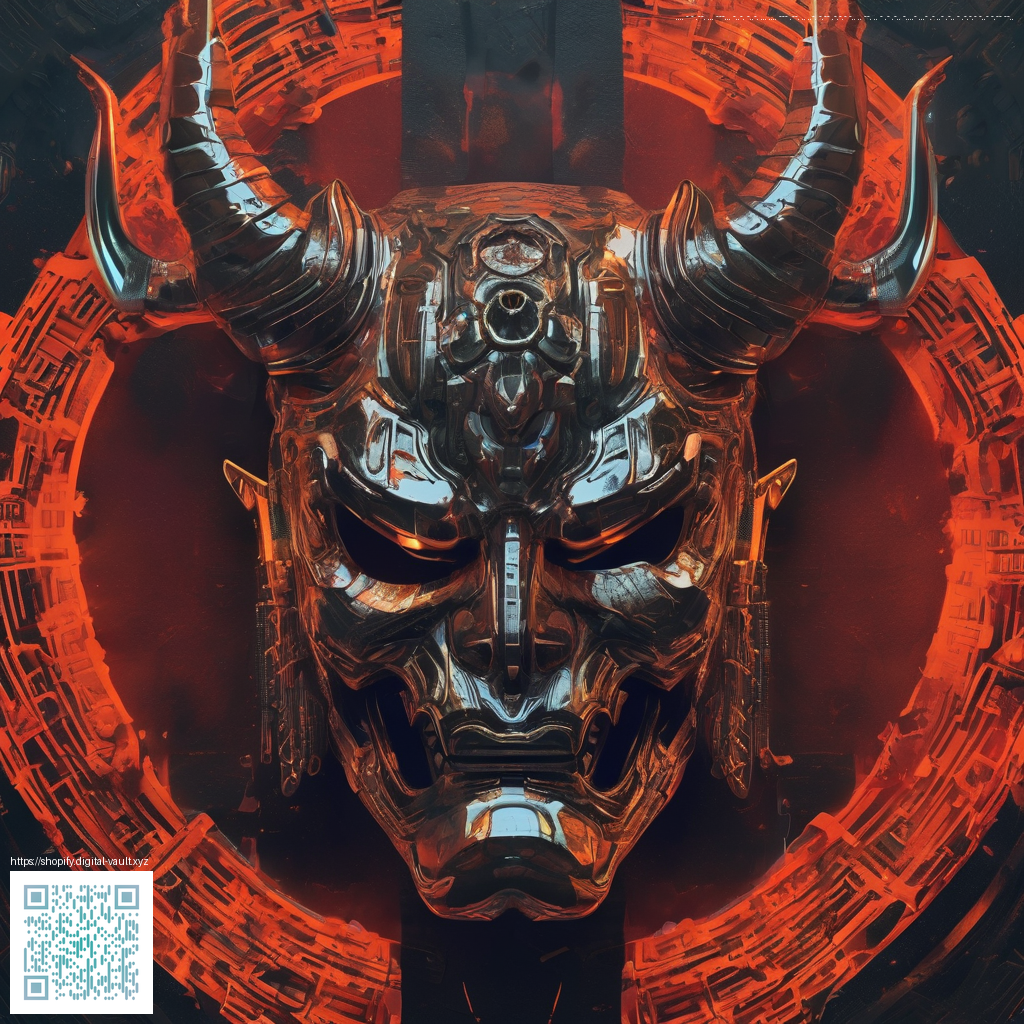
How Ico Stands Against Its Predecessors in the PS2 Era
In the early 2000s the PlayStation 2 dazzled players with a flood of blockbuster gameplay, but a quiet, painterly gem carved its own lane. Its approach to storytelling and design contrasted sharply with many contemporaries, favoring atmosphere over noise and puzzles over relentless combat. That restraint gave the game a timeless feel and a lasting influence on how designers think about space, silences, and what players bring to a world.
Design and Gameplay Philosophy
At its core the experience leans into traversal and cooperation rather than crowd control or battle sequences. The lead character navigates a sprawling fortress with puzzle mechanics that hinge on architecture and timing rather than button m-mash action. This shift rewards patient exploration and careful observation, inviting players to become co-authors of the story through their choices and routes. In contrast many PS2 era titles chased spectacle through heavier combat systems and cinematic set pieces, which often dominated pacing and player agency. 💠
Artistic Narrative and Worldbuilding
The world itself is the narrator. Subtle cues in design, lighting, and environmental cues convey lore without lengthy dialogue or expository cutscenes. Castles, stairways, and shadowed alcoves become storytelling devices, shaping a myth that players piece together. This indirect storytelling set a tonal standard that later peers and successors would echo, comparing favorably to games that rely more on explicit narration and overt plot devices. The result is a mood that lingers, inviting interpretation and personal connection. 🌑👁️
Technical Evolution on PS2
Released in 2001 the title demonstrated that the PS2 could render contemplative spaces with a restrained, painterly beauty. The trade-off for this clarity was a leaner UI and a camera system that emphasizes parallax and atmosphere over blockbuster action. The visual language stood the test of time, and its later HD remastering in 2011 gave new players an opportunity to study the textures, lighting, and pacing with contemporary controls. This balance between old-school craft and new-school accessibility became a touchstone for designers looking to mature the medium without abandoning its core ethos.
Community Insight and Modding Culture
Fan communities around this era celebrate precision and interpretation. Because the game invites exploration and quiet problem solving, players often share routing strategies, hidden paths, and expert runs that reveal how to approach the fortress from unexpected angles. While console era modding was not as expansive as the PC scene, enthusiasts still crafted texture packs, restoration guides, and speedrun routes that keep the castle alive in modern conversations. The result is a living dialogue that honors the game’s insistence on atmosphere over spectacle.
Developer Commentary and Updates
Team Ico’s work on this title reflects a philosophy that values what players feel rather than what is shown on screen. Interviews and archival materials highlight a design intent centered on purity of mood, minimalistic storytelling, and player-led discovery. The 2011 HD Collection release on PS3 reintroduced these ideas to a new generation, preserving the original’s delicate balance while smoothing controls and interfaces for contemporary players. The conversation around these choices continues to influence how studios approach remasters and remakes, favoring fidelity to intent over loud modernization.
Further Reading
These thoughtful pieces offer broader context on design philosophy, era-defining decisions, and surrounding conversations in the gaming space. Each article expands on themes that resonate with the quiet power of a game built on discovery and restraint.
- How Runescape delays shape player expectations
- Watery Grave and Laughter keeping MTG culture thriving
- God of War 2018 vs Ragnarok which reigns supreme
- Mastering Lost Judgment photo mode for cinematic shots
- Survival TNT tricks for mining and terrain clearing in Minecraft
For players chasing a deeper understanding of design ethos and how restraint can shape a memorable adventure, this era offers a powerful blueprint. The PS2 generation showed that when developers trust players to read a space and listen to it, games become something more than a sequence of events. 🌑
Donations help support independent game journalism and a decentralized internet that runs on open protocols and community stewardship. Support Decentralized Internet